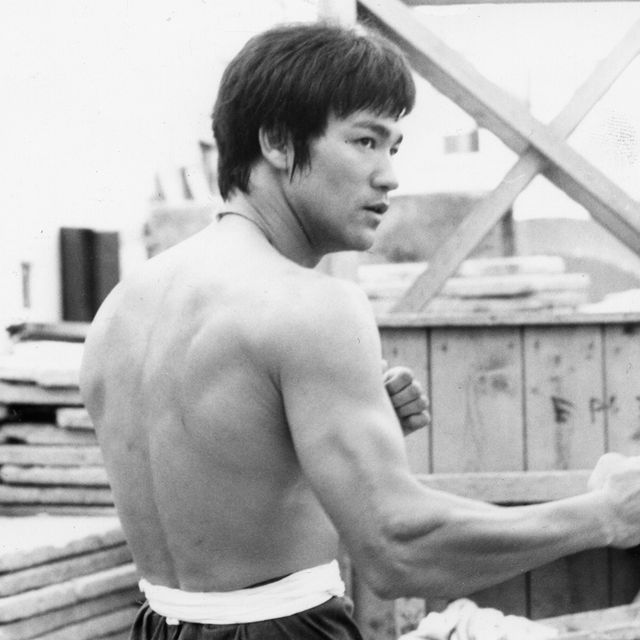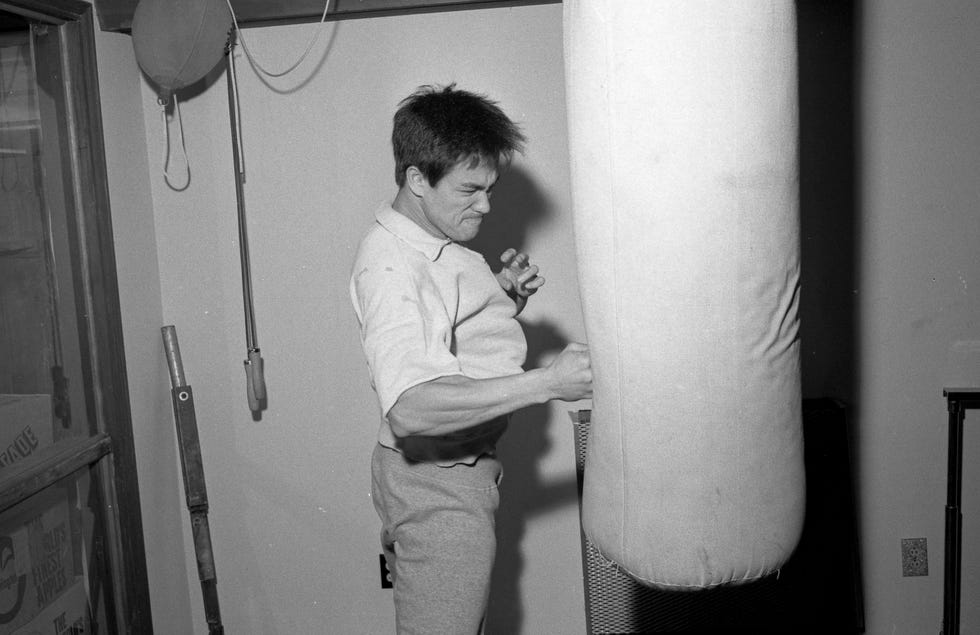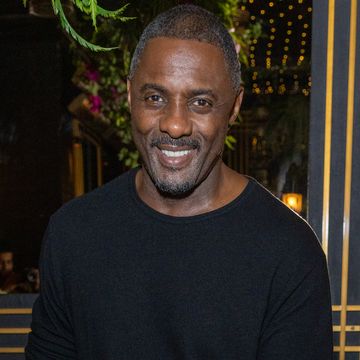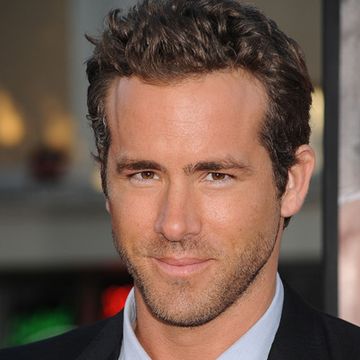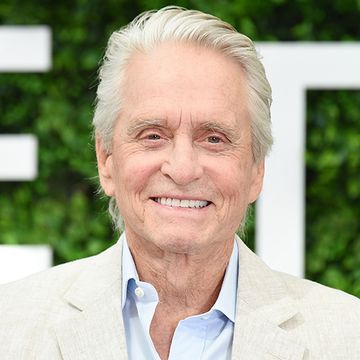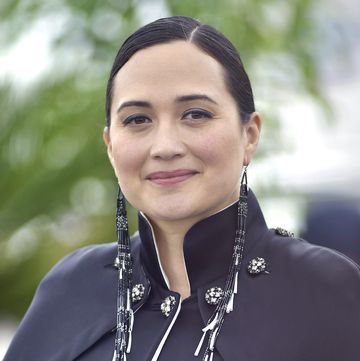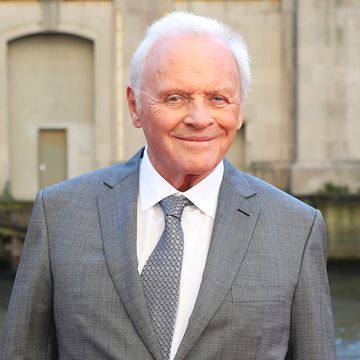Bruce Lee poured himself into everything he did. When he discovered martial arts, he committed to a fitness regime 100 percent, avoiding drinking and smoking, plus taking vitamin supplements — and even drinking raw hamburger meat to build the perfect tone. When he found acting and wasn’t finding success in the United States, he moved to Hong Kong to establish his box office power to attract interest back home.
With that kind of dedication and control, his sudden death on July 20, 1973, in Hong Kong, at age 32 wasn’t just shocking — it was incomprehensible.
Initial investigations to determine the causes of his death were inconclusive and pathologists were flown in from around the world. “He was offered a prescription painkiller called Equagesic. After taking the pill, he went to lie down and lapsed into a coma. He was unable to be revived,” states BruceLee.com, run by The Bruce Lee Family Company. “The determination was that Bruce had a hypersensitive reaction to an ingredient in the pain medication that caused a swelling of the fluid on the brain, resulting in a coma and death.”
Often referred to as cerebral edema, the seemingly conclusive cause still comes under question to this day — more than four decades after his death — with wide-ranging theories. Some believe he was killed by Chinese gangsters, others say that he was poisoned and still others say he died while in the act with a mistress. Other theories even claim it was voodoo or a family curse.
Lee was weeks away from the premiere of his first major American movie
Bruce Jun Fan Lee (or Lee Siu Loong in Cantonese) was born in San Francisco on November 27, 1940 — in the year of the Dragon and the hour of the Dragon (between 6 and 8 a.m). Raised in Hong Kong, he was a child actor in about 20 films and started studying wing chun gung fu at 13.
Returning back to the United States at 18, he studied philosophy at the University of Washington while teaching gung fu and eventually opened his own school, the Jung Fan Gung Fu Institute, with locations in Seattle, Oakland and Los Angeles. He also became a family man, marrying Linda (now Linda Lee Cadwell) and raising son Brandon and daughter Shannon.
Soon showbiz came calling, as he landed the role of the sidekick Kato on the 1966 TV series Green Hornet. When the show was canceled the following year, Hollywood jobs were hard to snag, so he went back to Hong Kong and made three films: The Big Boss in 1971 and Fist of Fury and Way of the Dragon in 1972. With the mega-success of his movies in the box office abroad, the American market finally understood his selling power.
In the autumn of 1972, he was filming Game of Death when Warner Bros. stepped in, offering to make a joint production, the first-ever between Hollywood and Hong Kong. So filming was paused and instead, he focused on Enter the Dragon, set for release with all the Hollywood fanfare at a premiere at Hollywood’s Chinese Theater in August 1973.
But he never made it to his big debut.
Initial reports said he died from a brain edema possibly caused by 'drug intoxication or sensitivity'
The initial Associated Press report on July 20 from Hong Kong said that he died at Queen Elizabeth Hospital “after having been found unconscious in his home here.” It also noted: “Police sources said foul play was not suspected but that an autopsy would be performed.”
A month later, on September 3, another AP report came out citing the cause: “Bruce Lee, a star of kung‐fu movies, probably died of brain edema, an excess of fluid, that might have been caused by marijuana, a coroner reported today.”
At that point, even the coroner, C. K. E. Tung, hadn’t found what caused the edema, but noted the traces of marijuana residue in his body — and raised that the condition may have been spurred by “drug intoxication or sensitivity.”
None of it tracked. Here was someone who paid such attention to everything he put in his body. How could a pain killer or marijuana take his life so abruptly?
As it turned out, he did have a history, just a few weeks prior. After suffering from headaches and seizures, he was taken to a hospital in May 1973 and told he had cerebral edema. Unconscious at one point, he was later flown to the UCLA Medical Center, according to Newsweek, where they found he had a “grand mal seizure.” According to Matthew Polly, who wrote Bruce Lee: A Life, he was released when the swelling cleared. And that’s when he made the fateful trip to Hong Kong.
He died at the home of a Taiwanese actress
One of the first facts that started throwing suspicion on the cerebral edema explanation was that it was soon determined his death didn’t occur at his own home, but rather at that of Taiwanese actress Betty Ting Pei at 67 Beacon Hill Road.
Lee reportedly had spent the morning in talks about the fatefully titled Game of Death. He had a bit of hash since he “believed cannabis expanded his consciousness” and then headed over to Ting Pei’s home. “I was his girlfriend,” the actress told Polly in Bruce Lee: A Life, adding that there was some sex and hash while they were alone.
The details then spin out of control. Some say he was due to meet Game of Death producer Raymond Chow and never made it, while others say Chow showed up at Ting Pei’s apartment around 6 p.m.
However, that bit transpired, Chow was definitely in the picture. "Bruce wasn't feeling very well,” Chow told Polly for the book. “I think we had some water.”
Chow then said that the overly committed Lee got into full character as they were discussing the movie. “He acted out the whole thing. So, that probably made him a little tired and thirsty. After a few sips, he seemed to be a little dizzy."
Supposedly, that’s when Ting Pei gave him the Equagesic and he went to lie down. And he never got up again.
Ting Pei's personal doctor was called to revive Lee and an ambulance was asked to take Lee to a hospital 25-minutes away
While that account of the events tracks, it also raises more questions. Apparently he had taken the pain killer before. But the September 1973 report said that maybe he had a “hypersensitivity” to it.
Others say it was “cannabis intoxication,” though there doesn’t tend to be a link between cannabis and brain edemas. The medical professionals who had treated him in May had warned him about hash. “We told him that his very low percentage of body fat could make him vulnerable to drugs,” Dr. Peter Wu said in the book The Tao of Bruce Lee. “Since he'd already had a very bad time with the drug, we told him that the effects were likely to be worse next time.”
According to Polly’s book, Chow had realized how bad it would look for Lee to be found in Ting Pei’s apartment with just the two of them, so he started to dress Lee so they could move the body. Ultimately, they decided to call Ting Pei’s doctor, Dr. Eugene Chu Poh-hwye, to come to her apartment. He tried to revive him, but it was no use. The star was dead.
Still, they realized they had to get Lee’s body to a hospital. So they called for an ambulance but asked it to go to the further Queen Elizabeth Hospital, a 25-minute drive, rather than Dr. Chu’s own nearby hospital.
That also gave Chow time to call Lee’s wife, Linda, to meet him at the hospital since “something like last time” happened.
But it’s those quick decisions that bring up many of the questions.
The hospital thought 'somebody must be joking'
Linda got to the hospital first and since no one had given the hospital a heads up about the identity of the incoming patient, they thought it had to be a ruse.
“Somebody must be joking — we don’t know anything about it,” the front desk worker told her. But just as she was about to call home, she saw her husband being wheeled by. “It never occurred to me that he might die, let alone that he might already be dead,” she said in the Polly book, according to The Ringer.
Not long after, she was given the tragic news. He was dead. But at that point, he may have already been dead for a while.
A false statement about how Lee died was released
Since Lee’s three films had done so well in Hong Kong, he was a megastar there and the press descended on the hospital.
Early theories started creeping up: Did he die in a fight? Was he beaten by a group in the Tsim Sha Tsui neighborhood? The questions were all over the place.
So Chow’s production company put out an official statement: “Bruce Lee collapsed at his home while walking in his garden with his wife, Linda. Golden Harvest mourns the loss of a great star,” according to Polly’s book.
The hospital also issued a release, pointing at cerebral edema. The reasons for these accounts seemed just: They wanted to protect Lee’s young kids.
While rumors went rampant, the coroner called it a 'death by misadventure'
While the cover-up worked at first, the press was steadfast. One reporter figured out that the address of the ambulance pick-up was Ting Pei’s apartment. She was questioned, but stuck to the fabricated story, opening up more mysteries.
Chow and Linda were committed to shielding the children from the truth and came up with a new timeline and order of events that made Lee’s visit to Ting Pei’s place a business meeting to try to recruit her for Game of Death. Working out the play by play, it all seemed to line up. And for the greater part of a few decades, that remained the story.
Still, theories were tested. One story was that Lee died with an erection — and a Hong Kong photographer actually managed to bribe a morgue worker to take pictures of the corpse to see if it was true. While he got a picture of his face, she stopped him before he got any lower. But then the photos of his face started a new theory: He was poisoned since his face was so bloated.
Then in 2006, a report in Taipei Times said it was an unknown epileptic condition. But in Polly’s 2018 book, he offers yet another explanation: a heatstroke. It was 90 degrees and humid that July day and reportedly Lee had his armpit sweat glands removed so he wouldn’t look so sweaty on camera. That matched up with the May incident since he had been in a hot room without any circulation.
Every explanation seemed to have an element of believability. Yet one coroner perhaps put it best when he called it a “death by misadventure.”
Lee's son also tragically died at a young age
From the start, the family accepted the medical explanation for the tragedy. “Although we do not have the final autopsy report, I have no suspicion of anything other than natural death,” Linda stated at the time. “I myself do not hold any person or people responsible for his death. Fate has ways we cannot change. The only thing of importance is that Bruce is gone and will not return.” She also wrote three books about Lee — which are seemingly now out of print — but the family never wavered from their truth.
In a 1992 Australian interview, son Brandon chalked all the theories up to his father's legendary status: “I think that’s maybe why the rumors, which to me, which are on the level of people still talking about Elvis still being alive I think that’s perhaps why so many of those rumors sprung up — he was only 32.”
Eerily, a year after Brandon’s interview, he was tragically shot dead on the set of The Crow, at the age of 28, proving that perhaps the family curse was the truest of all the theories. And just like with his father, theories also started circulating about Brandon’s death.
